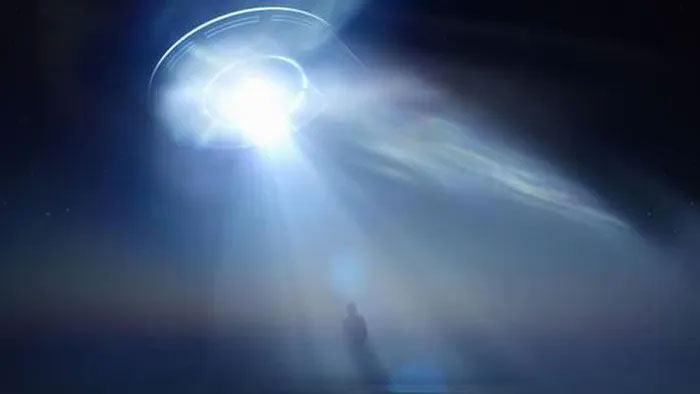Scientists at the University of Oxford (UK) have warned NASA as the agency plans to broadcast location data and other information into space.
According to RT, the plan that the scientists are referring to is the “Beacon in the Galaxy” (BITG). This is a data broadcasting program led by NASA, aimed at welcoming extraterrestrial intelligence. The U.S. National Aeronautics and Space Administration (NASA) intends to send signals from the Allen Telescope Array of the SETI Institute in California and China’s Five-hundred-meter Aperture Spherical Telescope (FAST). The information will include the biochemical components of life on Earth, the time-stamped location of the Solar System within the Milky Way, digitized images of humans, and an invitation for extraterrestrials to respond.

A program to broadcast the search for extraterrestrial life could face numerous risks. (Image credit: Getty Images)
Mr. Anders Sandberg, a senior researcher at the Future of Humanity Institute at Oxford (FHI), believes that such a broadcasting program could encounter significant risks. He stated that if an extraterrestrial civilization were to receive the message, the response might not be a friendly greeting.
Mr. Sandberg said: “Many people refuse to consider the issue seriously, which is unfortunate because these are important matters.”
Another scientist from FHI at Oxford, Mr. Toby Ord, suggested that there should be public discussions before sending signals to extraterrestrials. He even warned that listening for incoming messages could be dangerous, as they could be used to trap humans. He stated: “These risks, while small, are not well understood and not well managed.”
According to Mr. Ord, the scientific community has not reached a consensus on the ratio of peaceful to hostile civilizations in the galaxy. He remarked: “Since the potential negative outcomes could far outweigh the positive ones, this is not a good situation to take proactive steps to contact extraterrestrials.”
Previously, weaker signals have been transmitted into space using early technologies, such as the Arecibo message sent in 1974. Russian scientists conducted a series of such broadcasts, known as Cosmic Calls, in 1999 and 2003. Mr. Sandberg hypothesized that extraterrestrials might have received various messages sent for a variety of reasons.
The scientists involved in the BITG project speculated that an advanced extraterrestrial species capable of communicating across the cosmos would likely have a high level of cooperation among themselves and thus would understand the importance of peace and collaboration.
Canadian futurist Mr. George Dvorsky dismissed that theory, stating that he could conceive of many scenarios in which hostile extraterrestrials continue to exist.

















































